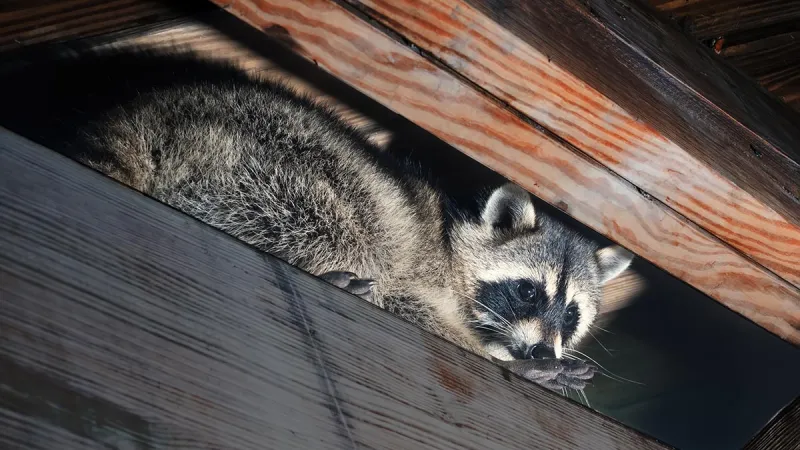
Understanding Urban Wildlife: Common Animals Invading Your Home

Common Urban Wildlife Pests
Raccoons
Raccoons are notorious for their intelligence and dexterity. These nocturnal creatures often rummage through garbage bins and can cause significant damage if they gain access to your attic or basement. They are drawn to urban areas by the promise of easy food and shelter. Signs of raccoon activity include overturned trash cans, footprints, and nighttime noises from the attic.
Squirrels
Squirrels, particularly gray squirrels, are common in urban settings. They can chew through electrical wiring and insulation, posing fire hazards and structural damage. Squirrels often enter homes through roof vents, chimneys, and gaps in the eaves. You might notice nests made of leaves in trees near your home, or hear scratching sounds from your attic.
Bats
Bats play a crucial role in controlling insect populations, but they become pests when they roost in your attic. Bats can enter through very small openings, and their droppings (guano) can accumulate and pose health risks. Common signs of a bat infestation include squeaking noises, guano accumulation, and sightings of bats flying around your home at dusk.
Rats and Mice
Rodents are some of the most common urban wildlife pests. Both rats and mice can cause extensive damage by gnawing on materials, contaminating food supplies, and spreading diseases. They can enter homes through small holes and cracks. Indications of a rodent problem include droppings, gnawed materials, and nests made from shredded paper or fabric.
Opossums
Opossums are scavengers that often look for food in garbage cans and compost bins. While generally not aggressive, they can still become a nuisance if they take up residence under your porch or in your garage. Signs of opossum activity include tracks, droppings, and overturned garbage cans.
Why Urban Wildlife Invades Homes
Urban wildlife invades homes primarily in search of food, water, and shelter. Human activity inadvertently provides these essentials. Easy access to garbage, pet food, and even bird feeders can attract these animals. Additionally, homes offer warmth and protection from predators, making them appealing nesting sites.
Food Sources
Garbage bins, compost piles, and outdoor pet food can attract a variety of wildlife. Ensuring these are secured can help reduce the likelihood of attracting pests.
Shelter
Urban areas often lack natural habitats, so animals turn to man-made structures for nesting. Homes with accessible attics, basements, or crawl spaces provide ideal shelters.
Water
Birdbaths, pet water bowls, and even leaky outdoor faucets can supply the water that wildlife needs to survive.
Preventing Wildlife Invasions
To prevent wildlife from invading your home, take proactive measures to secure your property.
Secure Entry Points
Inspect your home for potential entry points such as gaps in the eaves, roof vents, and chimneys. Seal these openings with appropriate materials like mesh or metal flashing.
Manage Food Sources
Keep garbage bins tightly sealed and avoid leaving pet food outside overnight. Consider using wildlife-proof compost bins.
Maintain Your Property
Trim tree branches that overhang your roof and remove any debris or wood piles from your yard. This reduces the likelihood of animals finding convenient access points or hiding places.
Use Deterrents
Motion-activated lights and sprinklers can help deter nocturnal animals. Ultrasonic deterrents and taste repellents can also be effective for some species. These may offer short-term relief. Keep in mind that these are not intended to be long-term solutions and we recommend consulting a professional.
Understanding urban wildlife and their behaviors is the first step in preventing and addressing infestations. By recognizing common pests like raccoons, squirrels, bats, rodents, and opossums, and taking steps to secure your home, you can minimize the risk of wildlife invasions. If you encounter a wildlife problem that is too challenging to handle on your own, consider seeking professional help to ensure safe and effective removal. Protect your home and enjoy peace of mind knowing you've taken the necessary steps to keep urban wildlife at bay.



